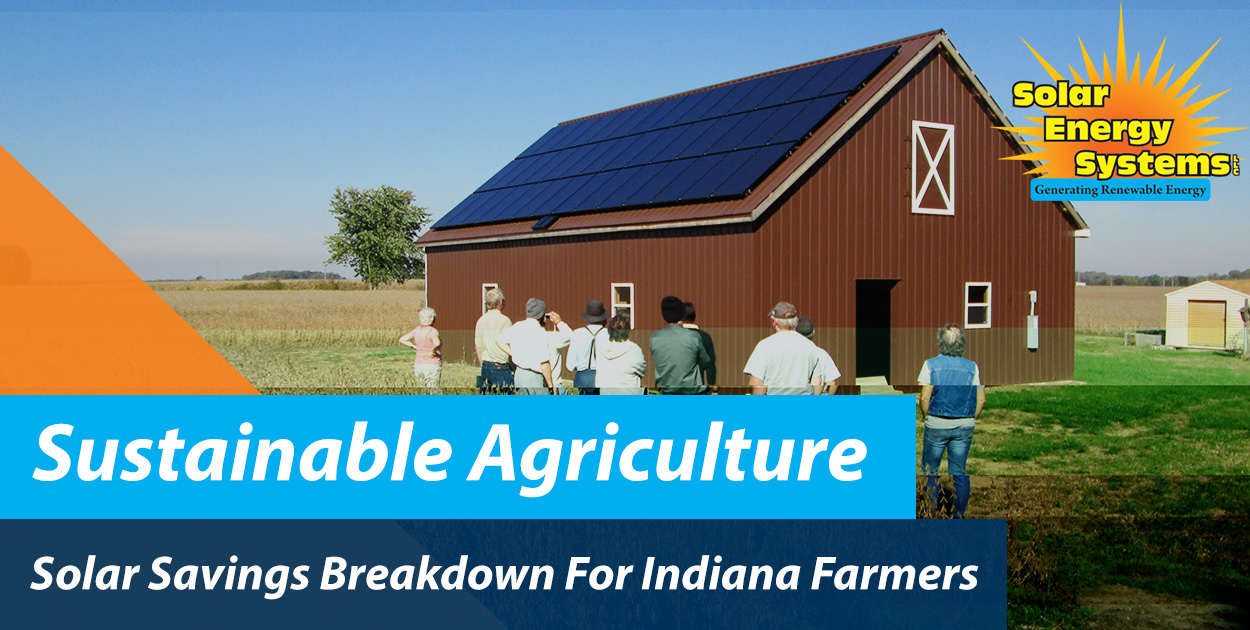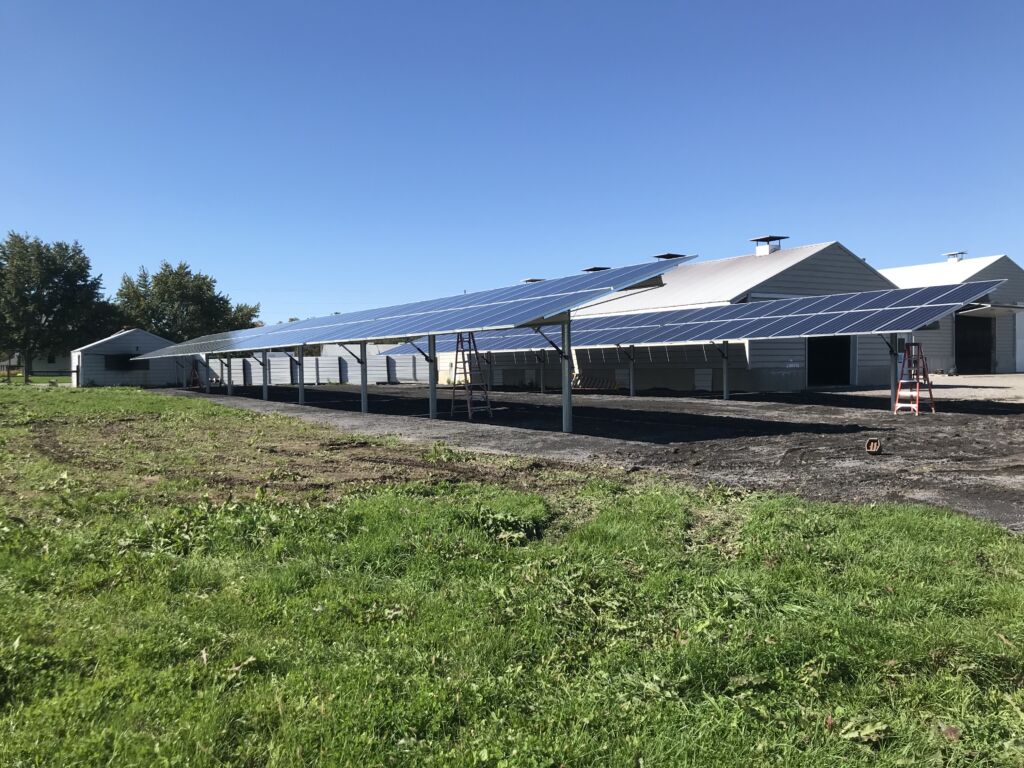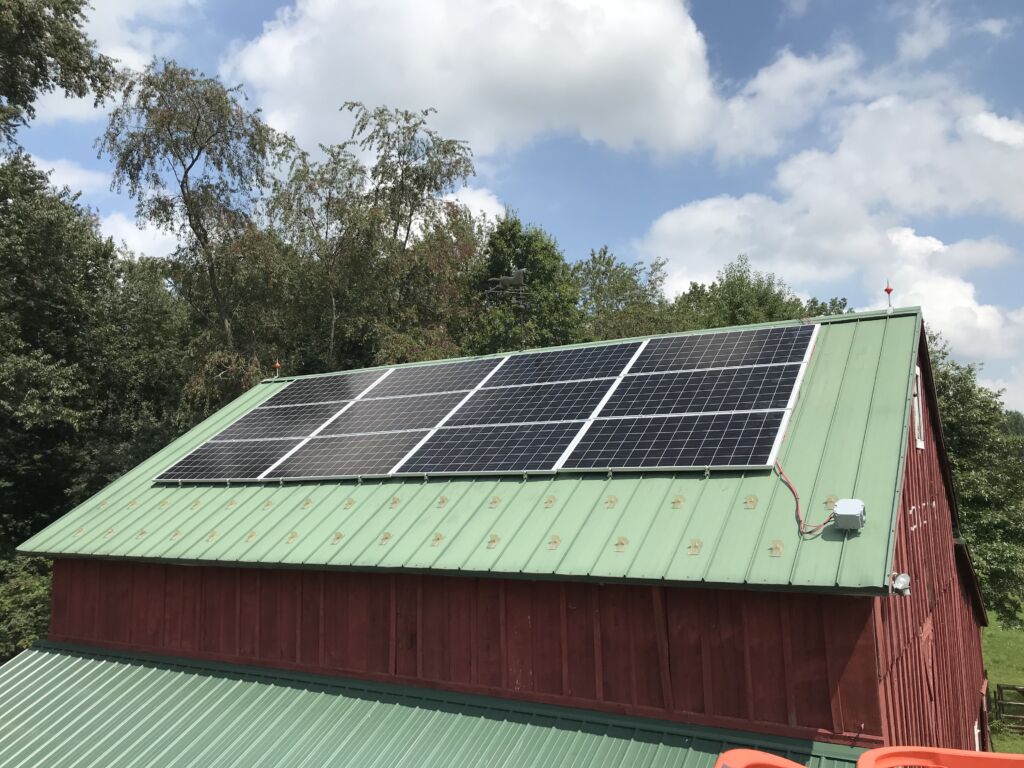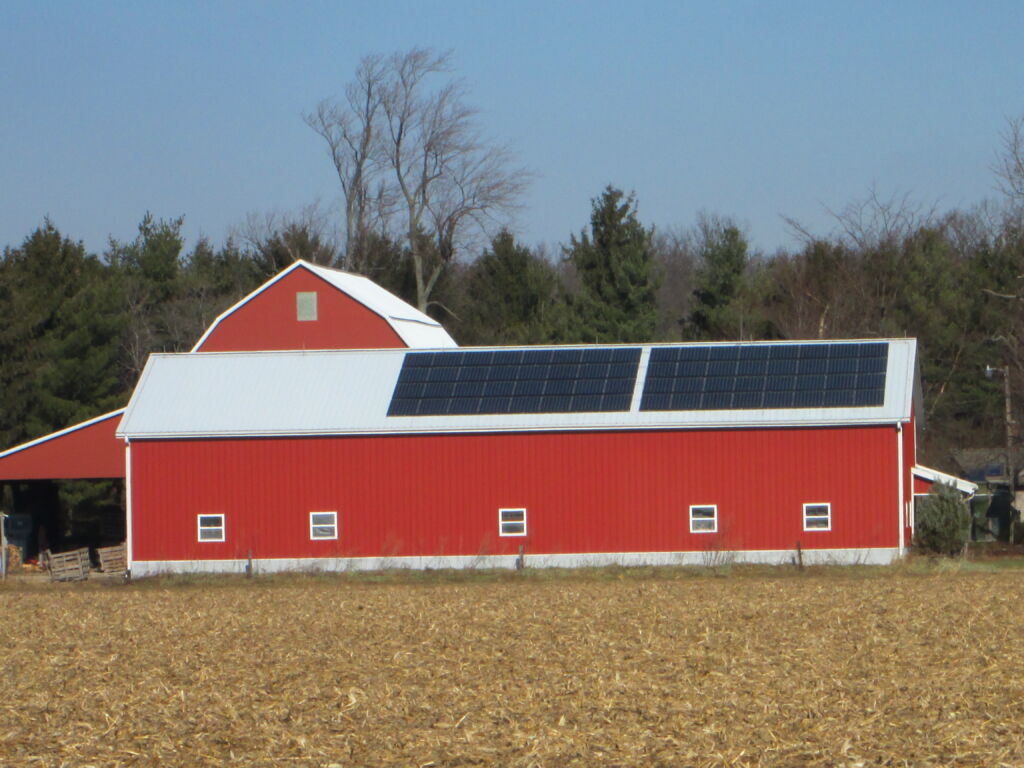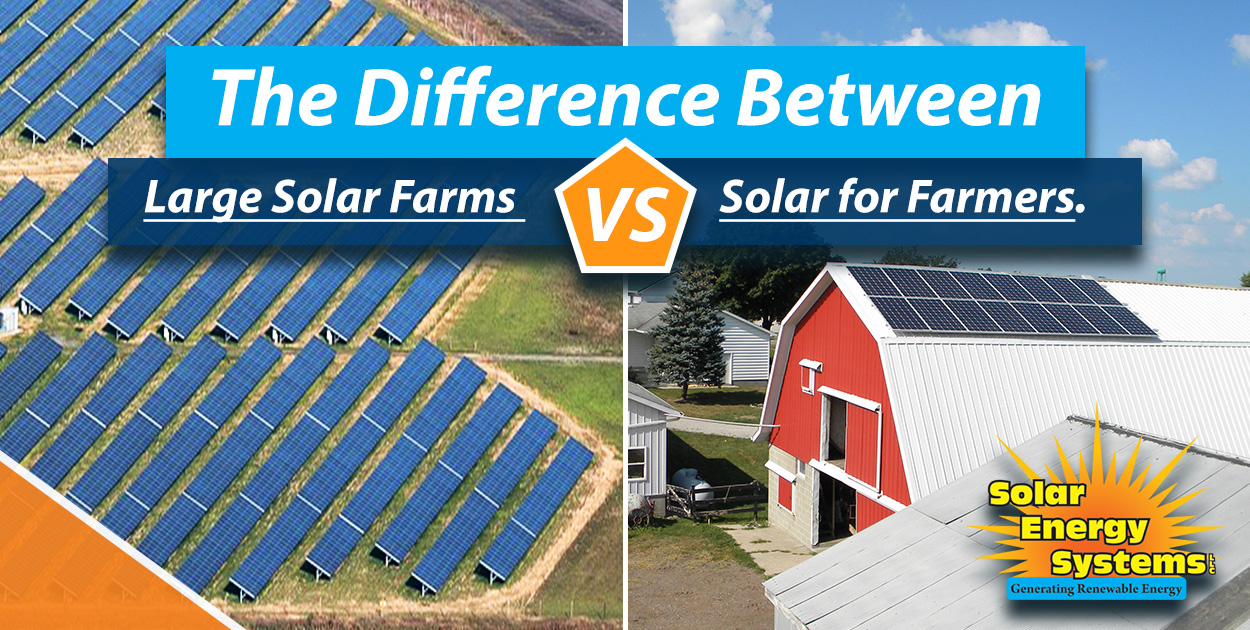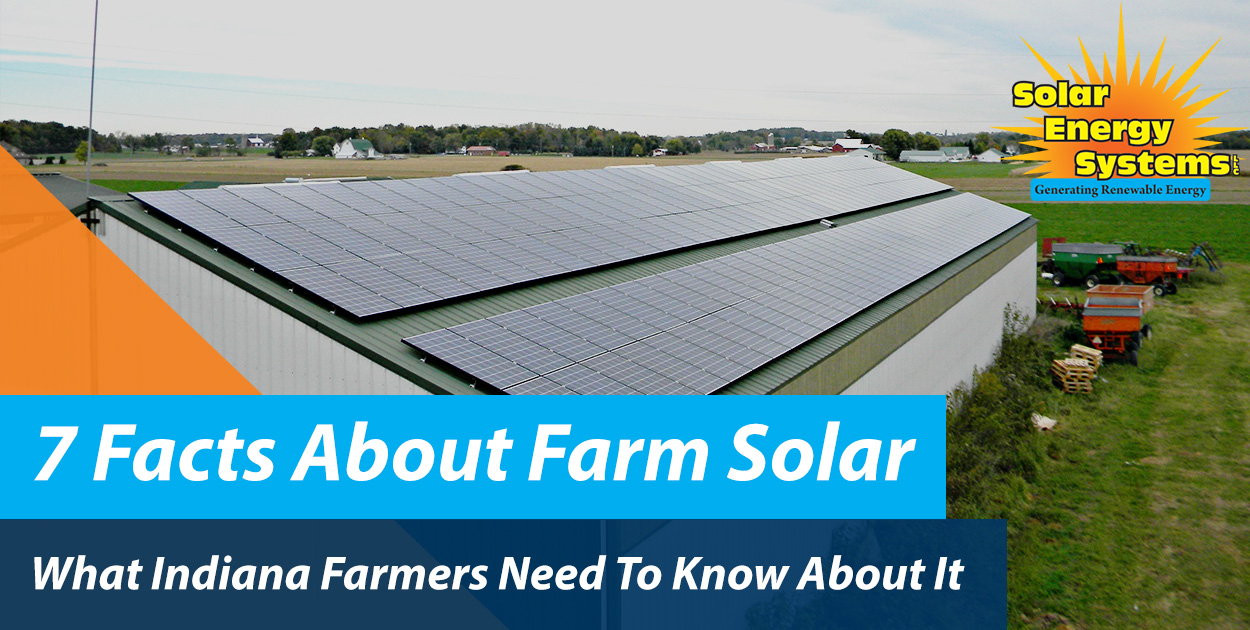Harnessing Solar Power for Sustainable Agriculture: Grants, Tax Incentives, and Savings for Indiana Farmers
Are There Really Benefits For Farmers Going Solar?
Solar power for sustainable agricultural practices has finally emerged as a game-changer in the farming sector, offering numerous benefits for farmers and the environment alike. By leveraging the sun’s energy, farmers can power irrigation systems, greenhouse operations, and engage in off-grid farming. In this blog post, we will explore the remarkable advantages of using solar energy in agriculture, highlighting how it contributes to sustainable and eco-friendly practices. Additionally, we’ll delve into the available government grants and tax incentives for Indiana farmers, as well as the significant savings they can achieve with solar systems provided by Solar Energy Systems in Nappanee, Indiana.
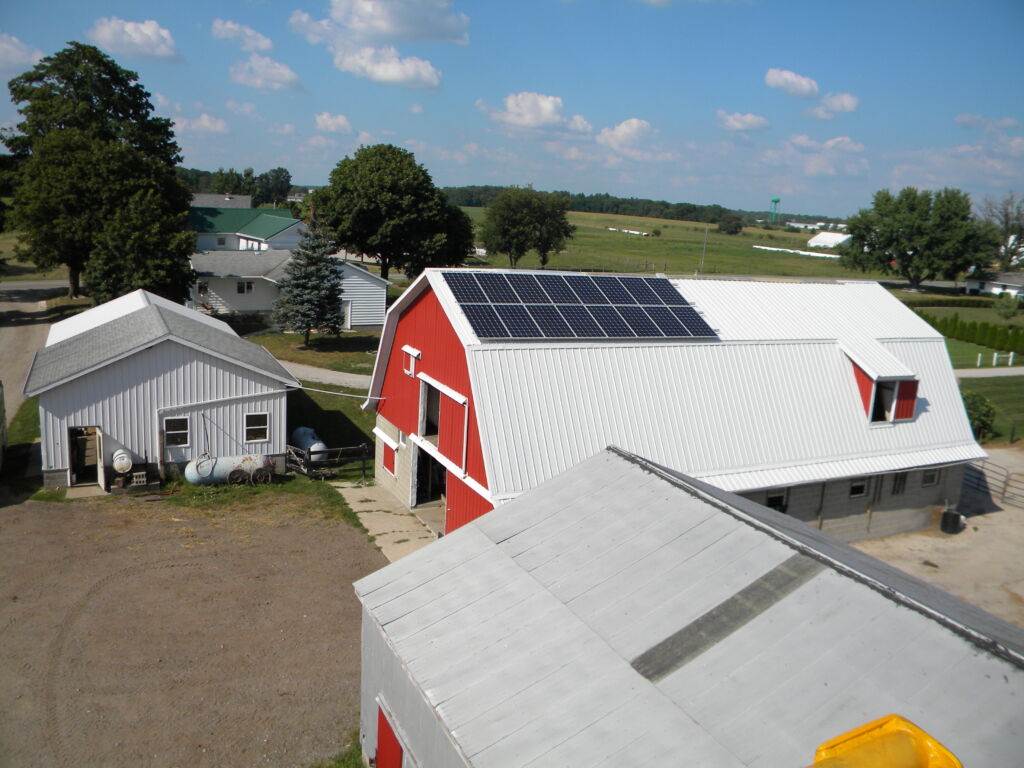
Efficient Irrigation Systems:
Solar-powered irrigation systems have revolutionized agricultural practices by providing a reliable and sustainable source of power. These systems utilize solar panels to generate electricity, enabling farmers to pump water efficiently for crop irrigation. By eliminating the need for grid electricity or fossil fuels, solar-powered irrigation reduces operational costs and carbon emissions, promoting environmentally friendly farming practices. Indiana farmers can further benefit from government grants, which can cover up to 50% of the cost of their solar system, significantly reducing the upfront investment required.
Sustainable Greenhouse Operations:
Greenhouses powered by solar energy play a vital role in sustainable farming practices. Solar panels installed on greenhouse roofs generate electricity to power lighting, heating, and ventilation systems, reducing reliance on traditional energy sources. Indiana farmers can take advantage of government grants, which can cover up to 50% of the solar system cost, making it more accessible to integrate solar power into their greenhouse operations.
Temperature Regulation for Dairy Farmers and Livestock Operations:
For dairy farmers and livestock operations, maintaining optimal barn temperatures is crucial for animal health and productivity. Solar energy offers a reliable solution for temperature regulation. By utilizing solar-powered ventilation and cooling systems, farmers can ensure comfortable conditions inside the barn during the scorching summer months. Solar panels can power fans, misting systems, and other cooling technologies, reducing reliance on the grid and minimizing electricity costs. Similarly, in the cold winter months, solar energy can be harnessed to power heating systems, providing warmth and comfort to the animals while keeping electric bills in check. Solar-powered temperature regulation enables dairy farmers and livestock operations to create a conducive environment for their animals while simultaneously reducing their carbon footprint and operating expenses.
Off-Grid Farming:
Solar power enables off-grid farming in remote areas or regions with limited access to electricity. Indiana farmers can install solar panels and energy storage solutions to generate and store electricity, powering essential agricultural operations independently. By leveraging government grants and tax incentives, farmers can significantly reduce the initial investment required, making off-grid solar solutions a financially viable option.
Reduced Operational Costs and Tax Incentives:
Solar energy offers Indiana farmers substantial cost savings. By harnessing solar power for irrigation systems, greenhouse operations, and other energy-intensive farming activities, farmers can lower their electricity bills and reduce their overall operational costs. Furthermore, as a farmer, they qualify for the federal Investment Tax Credit (ITC), which allows them to claim a 30% tax credit on the cost of their solar system. This incentive further enhances the financial benefits of going solar.
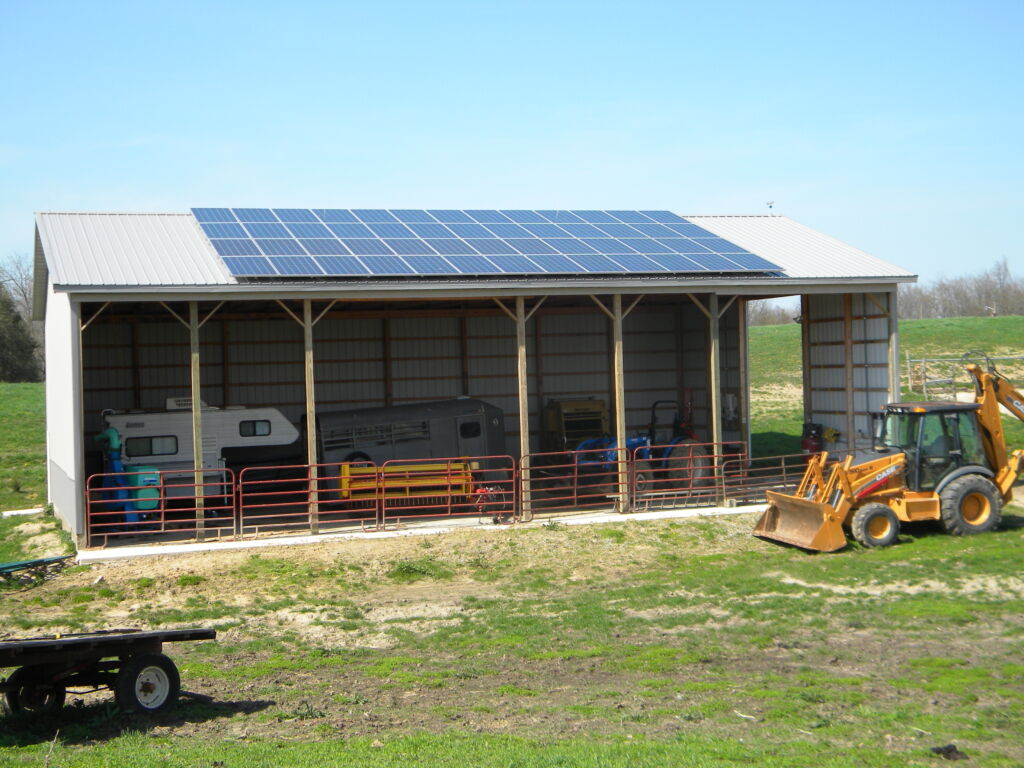
Depreciation Benefits:
Farmers can claim their solar systems as farm equipment, allowing them to depreciate the value over time. This depreciation claim further reduces the overall cost of the solar system for Indiana farmers. When combined with government grants and tax incentives, farmers can acquire their solar systems at a significantly lower cost, often only 20-30% of the original investment.
For example:
Lets say you got an estimate for a $100,000 solar system for your farm. This is an easy number to demonstrate with and is not reflective of average costs.
| Example Solar Savings Breakdown For Farmers |
|---|
| $100,000 Full System Cost |
| -50% Grants ($50,000) |
| -30% Tax Credit Claim ($30,000) |
| +Depreciation Claims (85%) |
| Final Cost After Savings: $10,000-$20,000 |
Agricultural Solar Just Makes Sense:
Solar power is a transformative force in the agricultural sector, enabling sustainable and eco-friendly farming practices. Indiana farmers can benefit from government grants that cover up to 50% of the solar system cost, as well as the federal Investment Tax Credit (ITC) of 30%. By partnering with Solar Energy Systems in Nappanee, Indiana, farmers can take advantage of these incentives and substantial savings. To find out how much Indiana farmers can save with solar and to explore the options provided by Solar Energy Systems, we encourage you to contact us today. Embracing solar power in agriculture is not only a responsible choice for the environment but also a financially wise decision for Indiana farmers.

